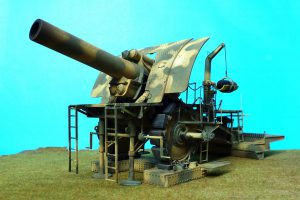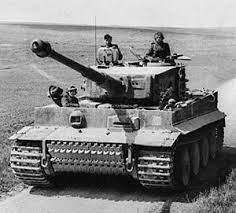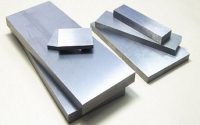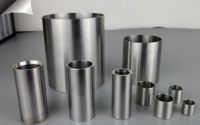How was Refractory Metal Molybdenum Used in the Two Wars?
Molybdenum is a silvery-white metal that is ductile and highly resistant to corrosion. In 1781, people began to understand how to obtain molybdenum metal, but in the next 100 years, the total world molybdenum production did not exceed 10 tons. And because molybdenum was easy to oxidize and the level of smelting and processing was limited at the time, people did not seem to know how to apply this metal to industrial production on a large scale.
In fact, metal molybdenum has many advantages and is suitable for heavy industry applications. It is hard, corrosion-resistant, heat-resistant, and has a melting point second only to tungsten and tantalum. Most molybdenum is used in the production of alloys, where it is added to increase hardness, strength, electrical conductivity and resistance to wear and corrosion. It is destined to become an important industrial raw material for mankind. In the 20th century, two unprecedented world wars broke out. Statistics show that molybdenum production soared from a few tons to 100 tons during World War I, and then soared to 10,000 tons during World War II.
The outbreak of the war prompted people to discover the usefulness of molybdenum. We know that the chariot, known as the “King of War,” was invented during the First World War. The British originally put 75mm thick manganese steel plates into the chariot to enhance their defenses, but the bulky chariot did not play many roles in the war. Later, the British conducted experiments to replace manganese steel with molybdenum steel, which reduced the thickness of the tank by 50 mm without weakening the defense capabilities.

Similarly, Germany’s famous assault weapon, the Big Bertha, is also made of molybdenum steel. In the early years of World War I, the German industrial giant Krupp developed an unprecedented super cannon at the request of the German general staff and was named after Gustav Krupp’s wife, Bertha. The Big Bertha’s projectile weighed 820kg and had a range of 15km, and even the strongest fortifications could not withstand it. The secret Krupp to creating such a powerful gun is the use of special materials of molybdenum steel. When the big Bertha fires, there is only the high-temperature molybdenum can withstand the heat from the projectiles so that it does not melt.

By World War II, molybdenum also played an important role. At that time, the most famous tank on the battlefield is the German Tiger, which contains the Tiger I and the Tiger II. The Tiger was active on the front line of the battlefield from its service in 1942 until the surrender of Germany in 1945, and it was invincible and almost irresistible. In the Kursk, however, the Soviets capture the Tiger II and tested it, and they found it was not as solid as the legendary. Although it has very thick armor, there is little up in its defense effect relative to the Tiger I. The reason for this situation is that the previously occupied Knapben molybdenum mine in Norway was bombed by the allied forces in 1943, which made the Germans lose their source of molybdenum. At the beginning of the war, the German Tiger I is made of molybdenum steel, which has good corrosion resistance and still remains high strength at high temperatures. However, the Tiger II has no available molybdenum in thick armor, thus has affected the fighting capacity of German panzer troops.
The two world wars made people realize the important role of molybdenum in military affairs. As molybdenum has won the reputation of “War Metal”, it has been applied more and more widely, especially playing an increasingly important role in high-tech fields such as nuclear energy and medical treatment.
Please visit https://www.samaterials.com for more information.



